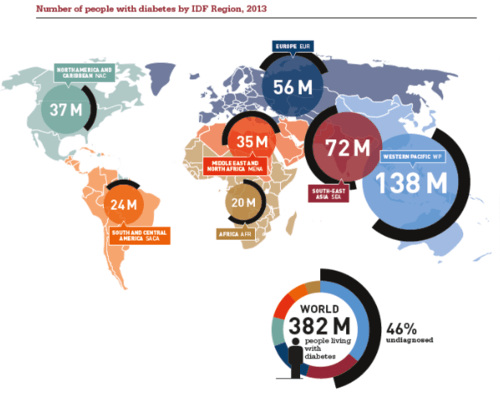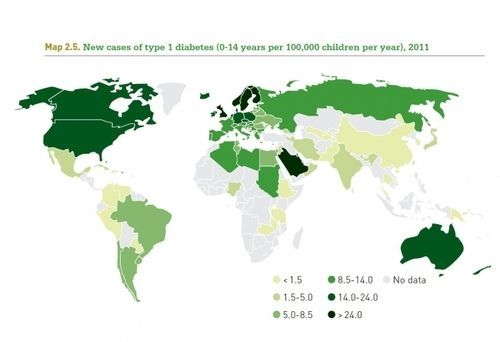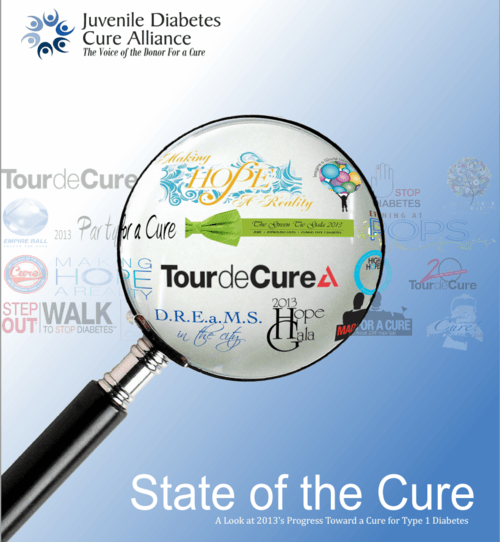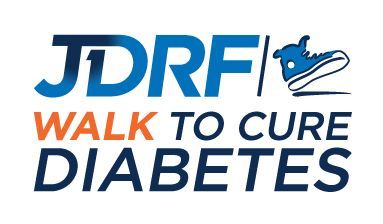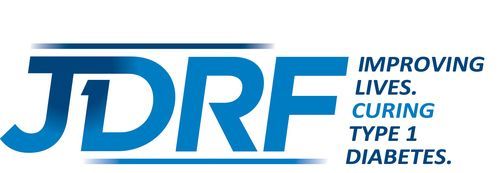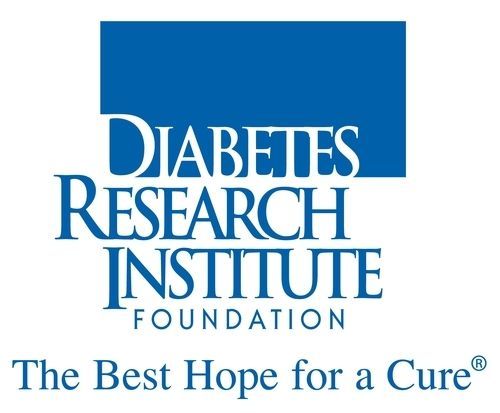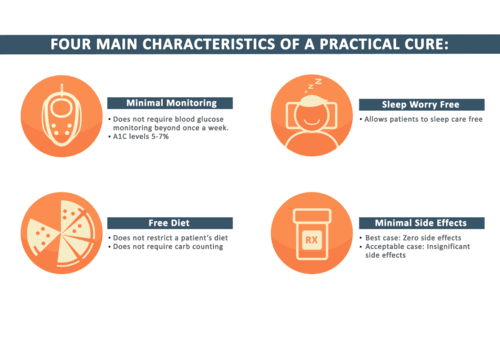This report takes a fresh look at the type 1 research landscape through donor eyes. As we survey the type 1 research and philanthropic landscape, several key distinctions of research types that are relevant to donors are identified. This analysis lays the foundation for JDCA coverage expansion during 2014.
We all know the cost of living with type 1 diabetes—the worry of going low overnight, the financial strain of testing and management, and countless other burdens. This report takes a look at the direct and indirect economic costs of type 1 diabetes in the US. Academic research estimates that the cost of not having a Practical Cure for type 1 diabetes is $423 billion.
While there is no consensus as to the cause, it is undeniable that type 1 diabetes is striking more and more children across economic, racial, and geographic boundaries. If the growing number of children with type 1 were not enough of a reason to inject urgency into the pursuit of a type 1 cure, the financial costs associated with the growing population might also prompt a more concentrated cure effort.
The 2013 State of the Cure analyzed the progress toward a Practical Cure over the past year and concluded that little tangible progress was made. You may be asking yourself, so what can I do to change that in 2014? Be an informed giver and ensure that your donation is used toward Practical Cure research. This walks you through the 4 steps of high impact giving to maximize your generosity and accelerate progress.
This report takes a comprehensive look at the progress that was made toward a Practical Cure for type 1 diabetes in the last 12 months. The report finds that while only a limited amount of progress has been made, there are a few encouraging developments. State of the Cure covers a range of topics including the societal impact of type 1, developments in human and preclinical trials, non-profit research funding and allocations, and corporate governance. It concludes with actions that we can take together to stimulate greater progress in 2014.
Although 'Finding a Cure' was the key message in 90% of diabetes nonprofit fundraisers in 2013, only 18% of funds raised at these special events was actually allocated to cure research. The JDCA's latest report is the third annual look into fundraising messaging and alignment with donor wishes.
How are the executives at the major non-profits paid, and how does that pay structure help or hinder cure progress?
Can the non-profits benefit from the best practices of public companies' corporate governance? The JDCA believes that applying SEC standards to the diabetes nonprofits will not only improve organizational performance but also increase donor contributions. This report evaluates the non-profits' corporate governance practices using the STAR rating criteria: Strategic direction, Timeliness and Transparency of reporting, Accountability, and Resource utilization.
How many people in the US are living with type 1 diabetes? Surprisingly, there is no consensus within the type 1 diabetes research and charity community. This and other related topics are investigated in this report.
In 2012, the four major diabetes non-profits raised over $520 million in revenue. The JDCA's latest report reviews the breakdown of key revenue and expense categories. It also highlights trends in comparison to last year's breakdown.
The JDCA has been receiving inquiries from Alliance members regarding the significance of JDRF's new T1D Voices Council and its role in comparison to the disbanded Lay Review Committee. In response, this report will describe the Council, its purpose, and the important role it could play in shaping JDRF's cure development efforts.
Here at the JDCA we value donor expectations and believe that their intentions and priorities should be reflected in funding allocations. Donor expectations related to cure research involve three main areas: prioritization of cure work; speed to results; and transparency of communication. The non-profits meet some key donor expectations, but significant gaps exist between what donors expect from the organizations in their cure development efforts and what the non-profits deliver.
How much Practical Cure research is funded by the major type 1 diabetes non-profits? It varied considerably by organization in 2012, but in the aggregate only 2 cents of every donor dollar was applied to Practical Cure research.
In response to many inquiries and engaged discussion among our Alliance members, please find the JDCA's special report, "The Diabetes Research Institute's Bio Hub Initiative."
This report describes the characteristics of Practical Cure research and distinguishes it from other types of cure research. The criteria that determines whether research is Practical Cure research can be objectively applied to all cure research projects funded by the non-profits.
This report outlines what must happen in order to deliver a Practical Cure for type 1 diabetes by 2025. First and foremost, meeting this goal requires a paradigm shift. in how the major non-profits pursue cure development and fund research. The extensive recommendations presented in this report involve all of the major players: the non-profits, the research community, and donors.
This report takes a look at the cure research perspectives of the type 1 donor community. We conducted a third-party survey and one of our key findings is that 9 out of 10 people prefer Practical Cure research over Idealized Cure research. We also learned that a high percentage of donors would be likely to contribute to Practical Cure research projects if that option was made easily available to them.
Like you, we want tangible cure progress to be made so that we can see a Practical Cure in our lifetime and be freed from the daily burdens and worries of type 1 diabetes. This report explains how cure progress is measured at the non-profits, and why these abstract and sometimes irrelevant measures hinder cure development.

